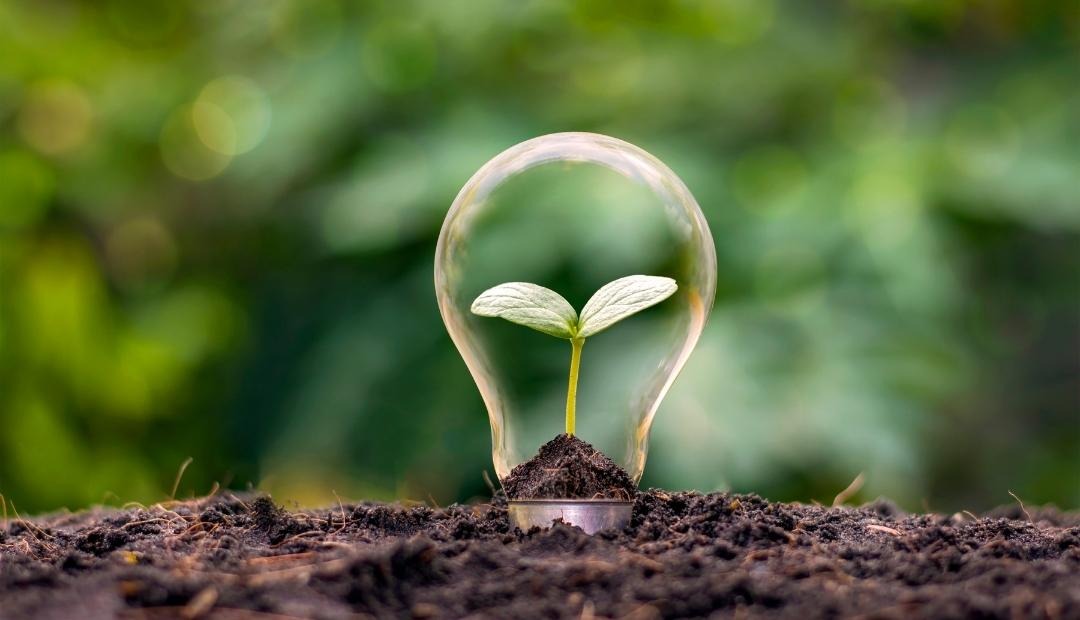As the world sees the need to protect the environment, more and more people are making the switch to green living. From segregating the trash to going vegan, everyone is finding their own way to reduce their carbon footprint.
Feeling left out? Don’t worry–making a complete lifestyle change, let alone saving the environment, can’t be done overnight.
If you’ve recently decided to “green” your apartment and lifestyle, you’ve already taken the first and most important step for helping combat climate change.
So, what’s the next step?
In this post, we listed eight more steps you can take to create an eco-friendly abode.
1. Choose Energy-Efficient Appliances
Let’s start with your most commonly used household items: your electronic devices. Energy-efficient appliances not only produce low greenhouse gas emissions–they also lower your electricity bills.
Before buying that high-tech washing machine or talking refrigerator, check it for any Energy Star certification. That way, you can know for certain whether you’re getting an energy-efficient appliance or not.
2. Conserve Energy
Even if you do opt for energy-saving appliances, you’d still be wasting energy if you keep them plugged and powered when not in use.
Try conserving energy by pulling the plugs of your devices before you sleep or leave your home. Or rather than watching TV or scrolling on your phone all day long, you might want to consider unplugging figuratively, like reading books, going on a hike, or meditating.
Don’t forget to save both electricity and water! The general rule of thumb is: shut it off when it’s not being used.
3. Make the Most of Natural Light and Ventilation
Another way to cut down your electricity bills? Open up your curtains and windows.
Use sunlight to brighten up your space and let in fresh air to improve your indoor air quality. Taking full advantage of nature’s light and ventilation is energy-saving and healthier for you and the environment too.
4. Grow an Urban Garden
Want to naturally clean your indoor air, shop less, and help protect your local pollinators? You might want to take up the hobby of growing your own food.
If you have a small balcony or a window, then you’re good to go. You can easily grow herbs and vegetables in containers and hang them in any sunny spot in your apartment.
5. Shop Local
If you don’t have a green thumb, you can always opt for locally grown produce.
Buying local goods means less packaging used and less gas consumption (and carbon emissions) from transport. It also helps boost your local economy and support small businesses.
6. Cook More
After you’ve gone through your grocery checklist, it’s time to get cooking.
Because most restaurants use tons of single-use packaging for takeout orders, enjoying homemade food helps cut down plastic waste. What’s more, since restaurants contribute to a huge amount of food waste, you get to have more control over waste when you cook for yourself.
7. Avoid Disposables
Instead, shop with reusable bags, go strawless, and store your leftovers in sturdy glass containers rather than in flimsy plasticware. By steering clear of disposables, you can help save the energy and resources that go into making them and reduce the waste that ends up in landfills.
8. Learn to Compost
Have kitchen scraps waiting to be tossed out? Don’t throw them away just yet. You can use them to create your own compost.
Just grab a bin, add some soil and twigs, put your leftovers in the bin, and cover it. Give it a quick turn to aerate the pile and repeat the process as you dispose of your food scraps.
When you start composting at home, not only will you have a way of recycling waste, but you’ll also have healthy (and free) soil for your garden.
Westmount at London Park Apartments in Houston, TX


